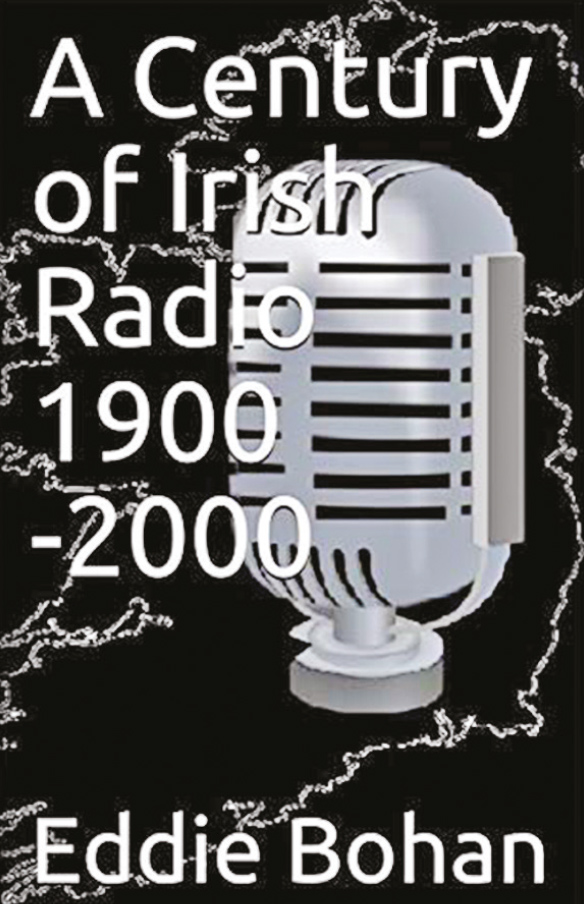
By Eoin Meegan
Before there was Instagram, before there was Twitter, radio was the primary medium of communication in this country. It was the social media of its day, and we were all addicts
Although still vastly popular, it is probably true to say that the heyday of radio is in the past. And what delicious memories that past has for all of us.
So, whether you want to recall those memories, or just figure out what all the fuss was about, there is no better source than Eddie Bohan’s new book: A Century of Irish Radio 1900-2000.
Eddie’s magnum opus (coming in at just under 600 pages it’s a hefty tome) is the most comprehensive work on the history and evolution of radio in Ireland that’s out there. It chronicles radio’s trajectory, from the birth of radio, with its invention by Marconi – in which Ireland played a pivotal role – right up to the present day.
Many people may not realise the important part radio played in the 1916 Rising. During Easter week the rebels took over the Wireless School above Reis’s shop on the corner of O’Connell Street and Abbey Street (where, incidentally, Eddie launched his book back in April in the now Grand Central), to let the world know what was happening in Dublin. As sending messages by wireless telegram was prohibited by DORA (Defence of the Realm Act) at the time, this was undoubtedly Ireland’s first pirate station.
2RN was launched on New Year’s Day, 1926, by future president of Ireland Douglas Hyde, and was to go on to become Radio Athlone and eventually Radio Éireann. Early transmissions were limited, and advertisements restricted too.
The book recalls long-running classics like the Kennedys of Castleross, and Dear Frankie, as well as well-known names who became household favourites such as Terry Wogan, Gay Byrne, and Michael O’Hehir.
The State broadcaster held a monopoly of the airwaves until 1989 and the arrival of independent radio, with the short-lived and controversial Century Radio.
Bohan forensically scrutinises the pirate stations of the ‘70s and ‘80s, detailing the many intrigues played out between them and with the law, and how they even managed to topple governments. The book documents over 1,000 pirate stations throughout the country; by the 1980s apparently there was one in every town.
Radio changed Ireland in so many ways. It encouraged people to think about things and discuss current topics in a way they may not have previously done. It also helped to make rural Ireland less desolate and lonely, and the world in general a smaller and more intimate place.
Whether you’re a broadcasting enthusiast, or someone who just loves the nostalgia of it all, this is a great read. As the book is chronicled by decade, there is the inevitable duplication where stories from one decade spill into the following one, which could have been addressed with tighter editing. However, this doesn’t in any way spoil what is an entertaining and historically important record.
As Eddie (a native of Ringsend) told NewsFour at the book launch, “I remember when I was growing up, radio was always central in our lives. There was one TV and one radio in the house. The radio was too high up for me to turn the knobs, and I wasn’t allowed to go near the TV. I was glad when someone bought me a transistor!” It is a memory that resonates with so many people.



